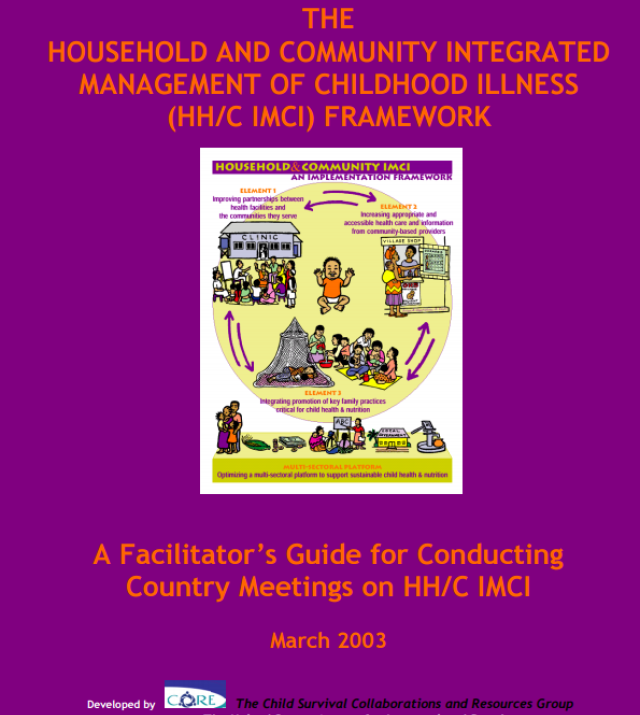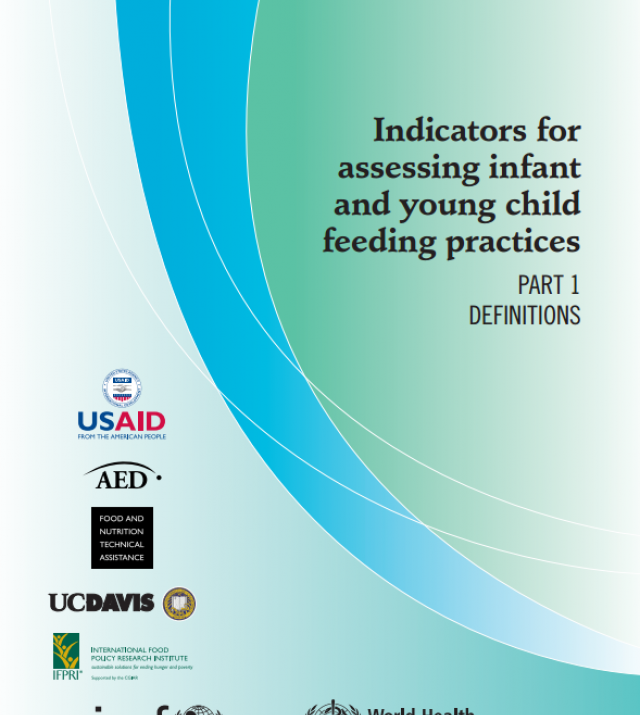
Training Guide for Community-Based Management of Acute Malnutrition (CMAM)

Nearly 20 million children under 5 suffer from severe acute malnutrition (SAM), which contributes to an estimated 1 million deaths among children every year.1 Most of these children live in South Asia and sub-Saharan Africa.
Community-Based Management of Acute Malnutrition (CMAM) evolved from CTC and consists of four main components: community outreach, outpatient care for the management of SAM without medical complications, inpatient care for the management of SAM with medical complications, and the management of moderate acute malnutrition (MAM). As evidenced with CTC programmes, most children with SAM have no medical complications and can be treated in outpatient care without admittance to inpatient care at a health facility with 24-hour care. Central to outpatient care is the innovation of ready-to-use therapeutic food (RUTF), which was designed to match the nutrient profile of therapeutic milk (F100). RUTF is a generic term for dry solid foods that are soft or crushable and can be eaten by a child without the addition of water to the food. The most commonly used RUTF is a lipidbased nutrient-energy-dense paste, which, unlike liquid F100, can be used and stored at home with minimal risk of microbial contamination.
This training guide focuses on the community-based management of SAM in children under 5 years old. It is designed to increase participants’ knowledge of and build practical skills to implement CMAM. The guide complements Community-Based Therapeutic Care (CTC): A Field Manual, the World Health Organization (WHO) protocols for the management of SAM and the WHO training modules for inpatient management of severely malnourished children.3 The guide is intended to be adapted according to the context to ensure that national guidelines and protocols for the management of acute malnutrition and local models and materials are taken into account. Note that while national guidelines must be respected, the guide reflects evidence-based information or current best practices unless stated.

